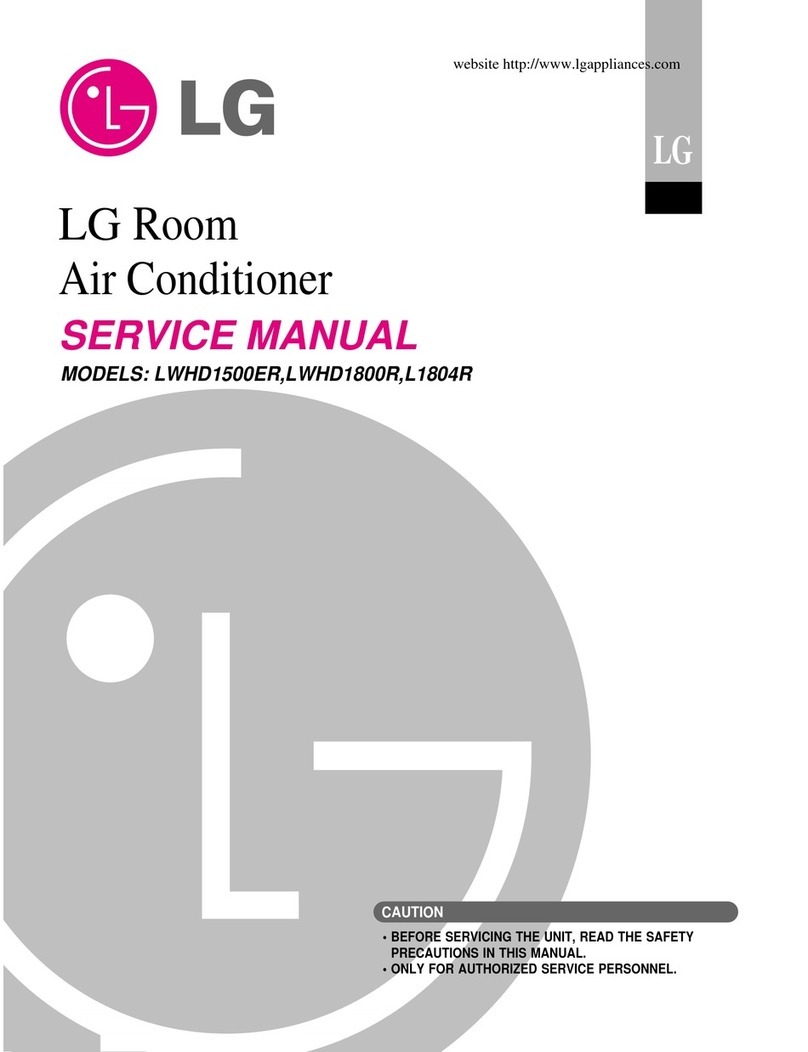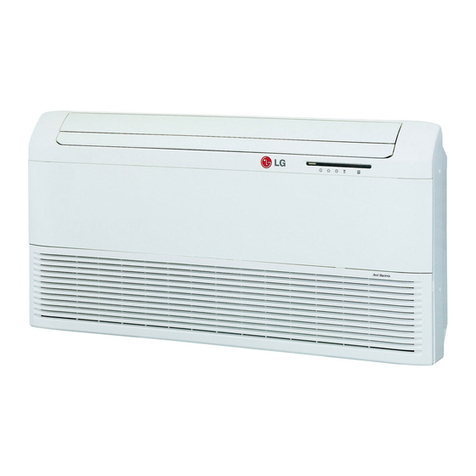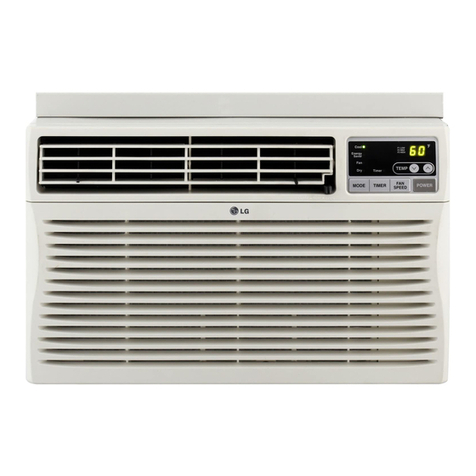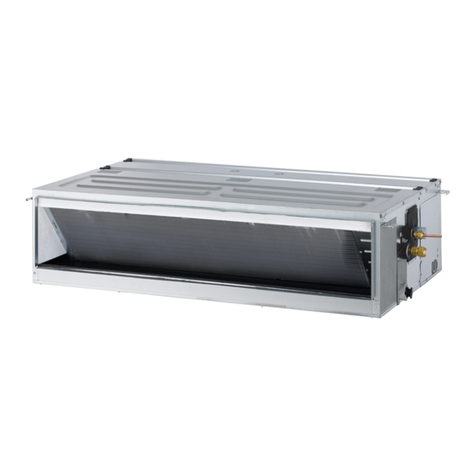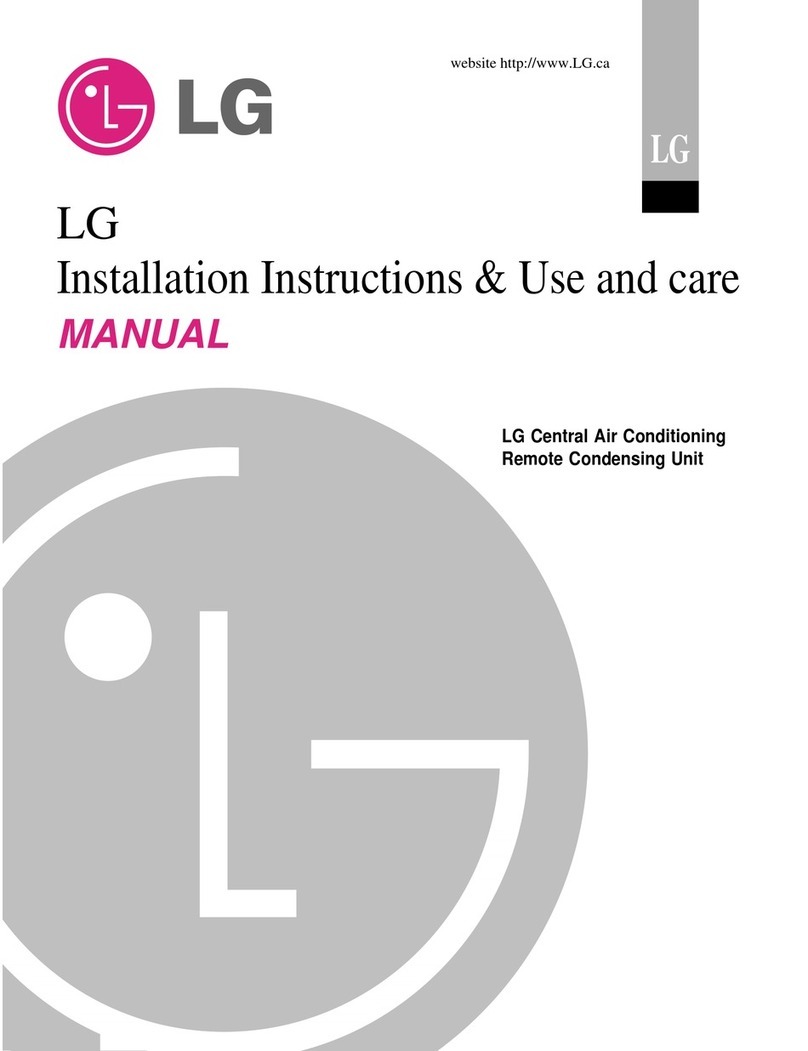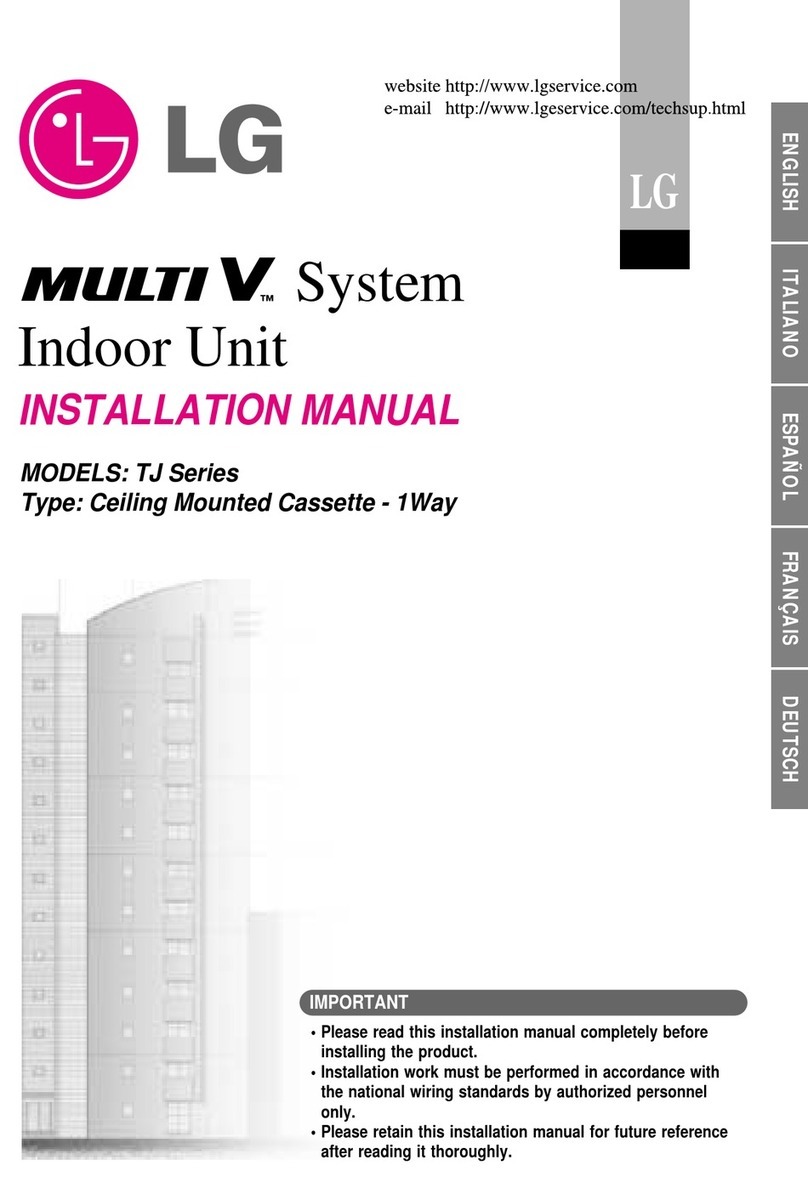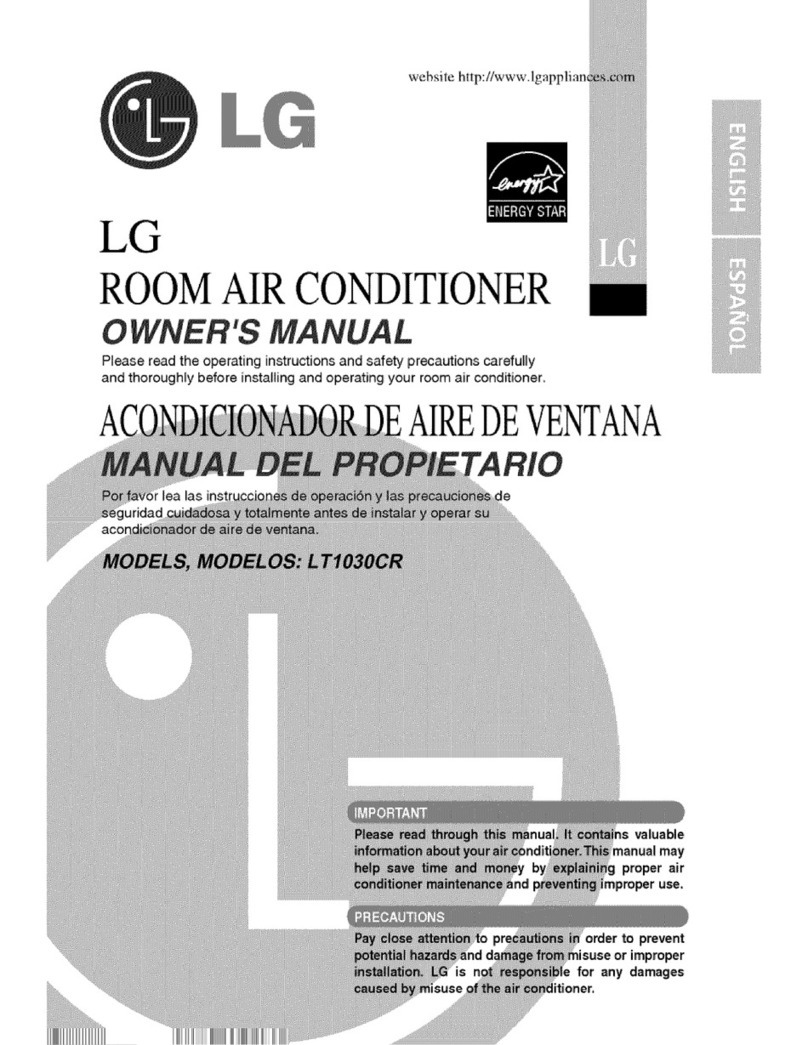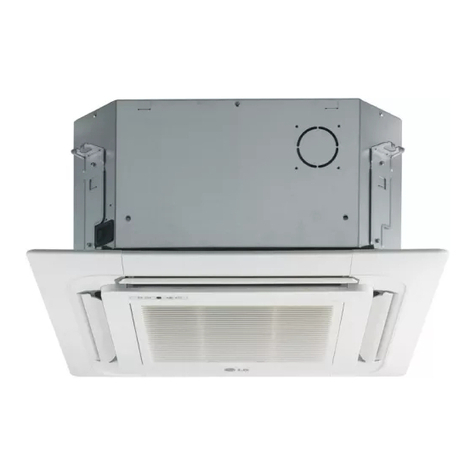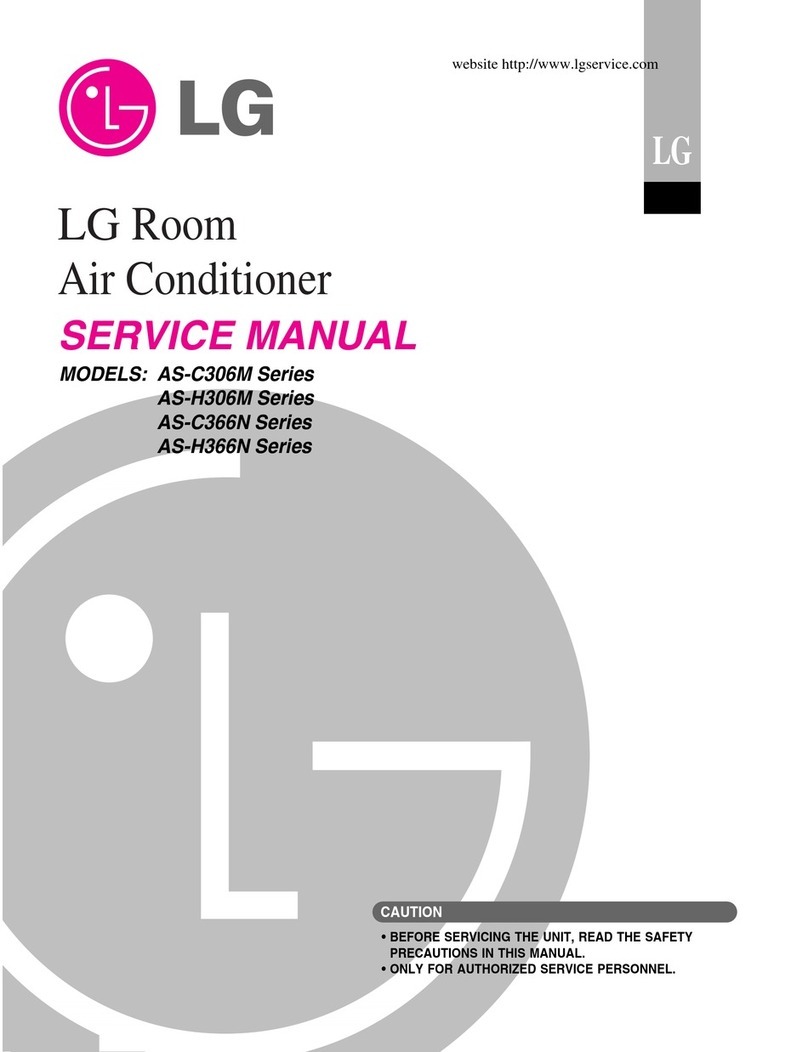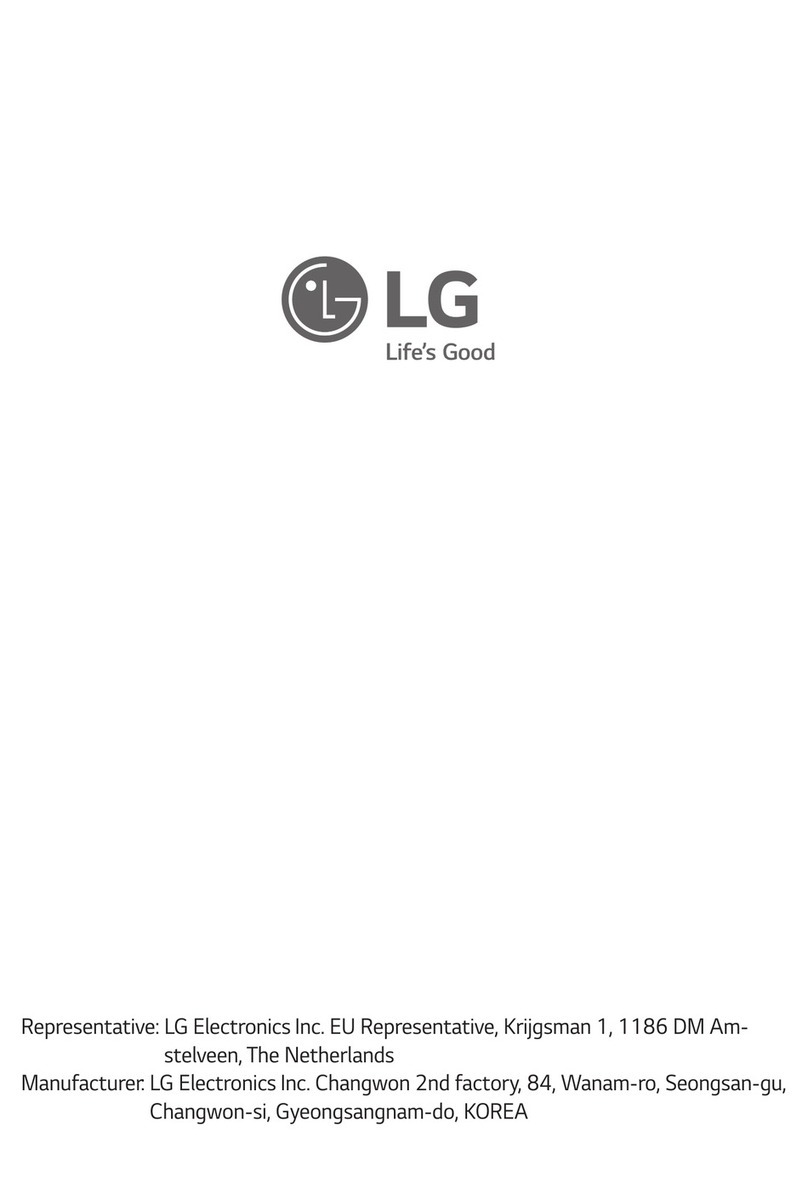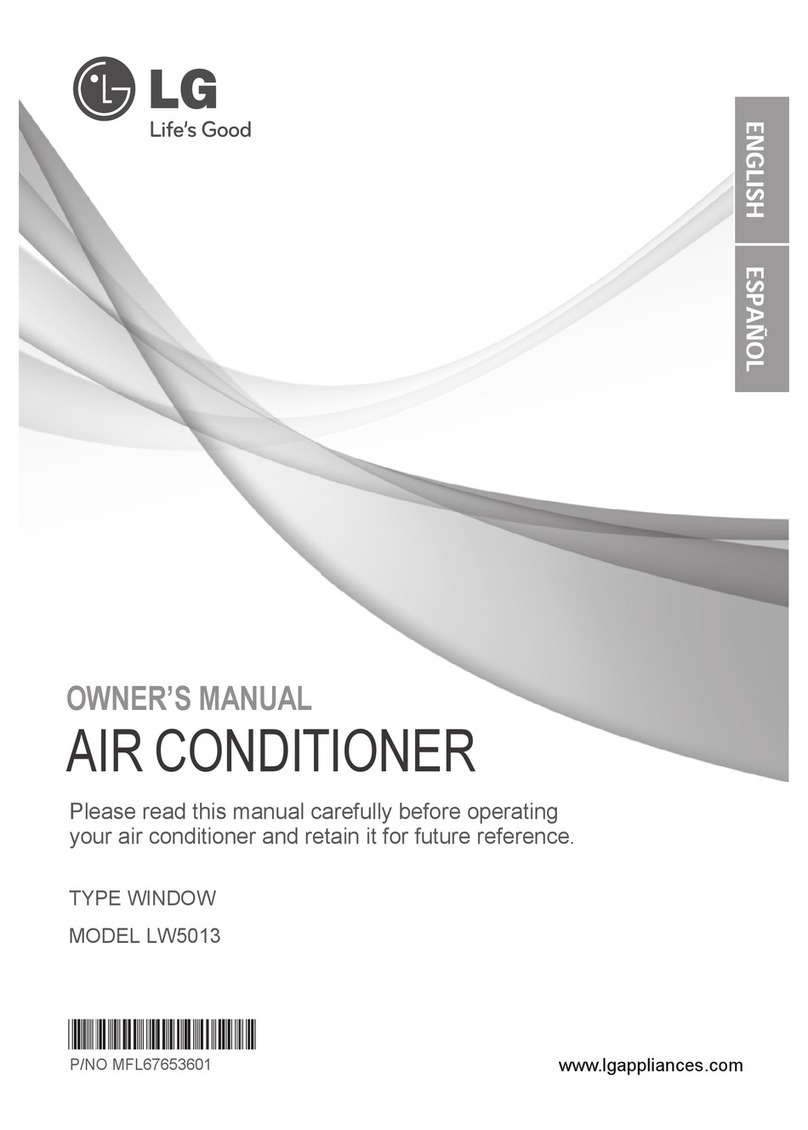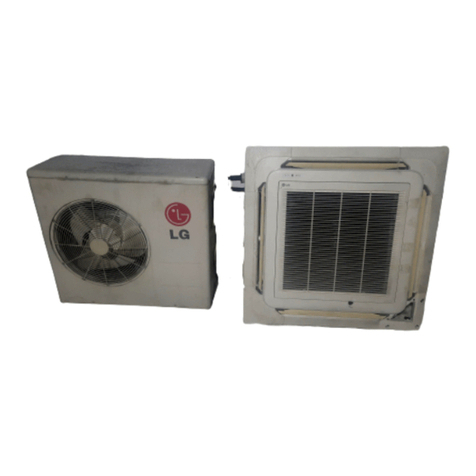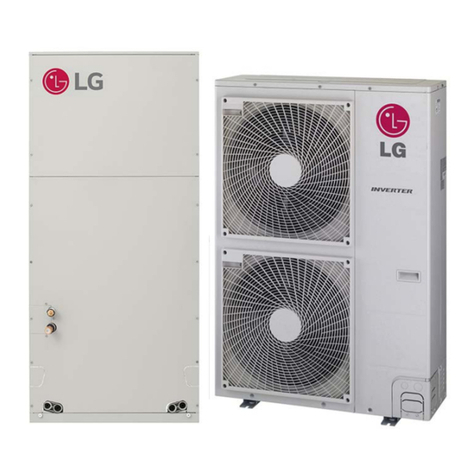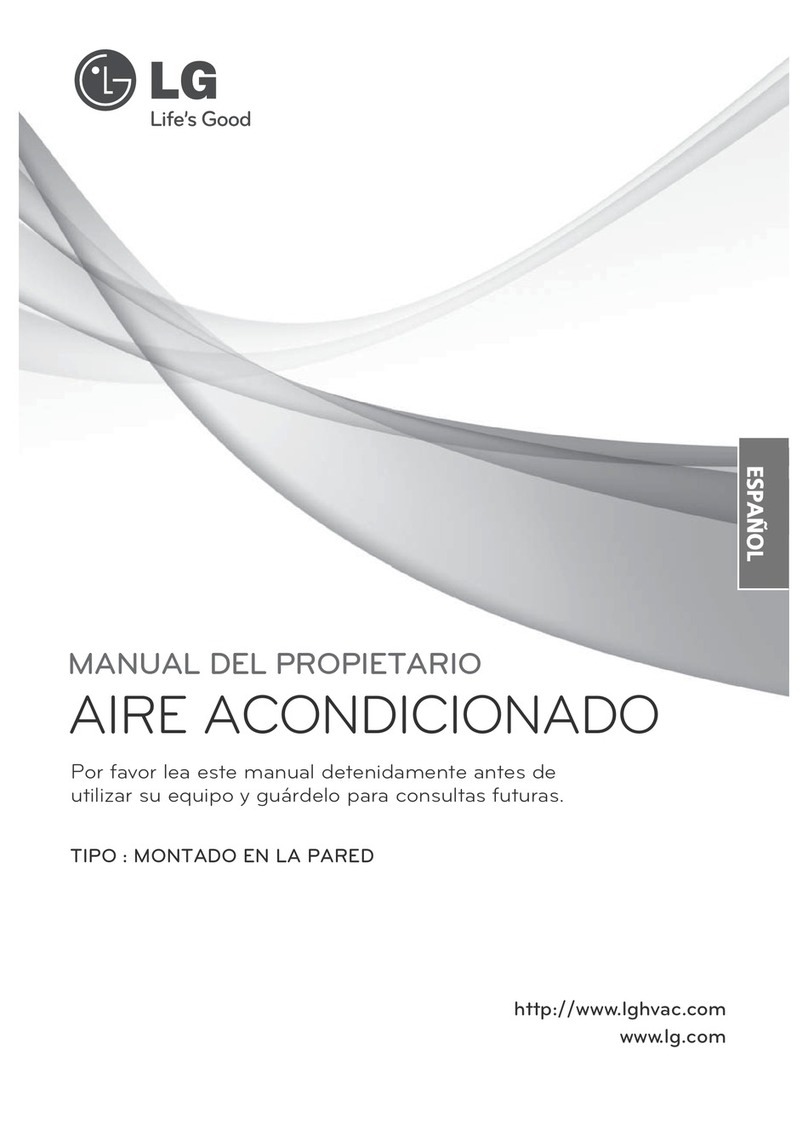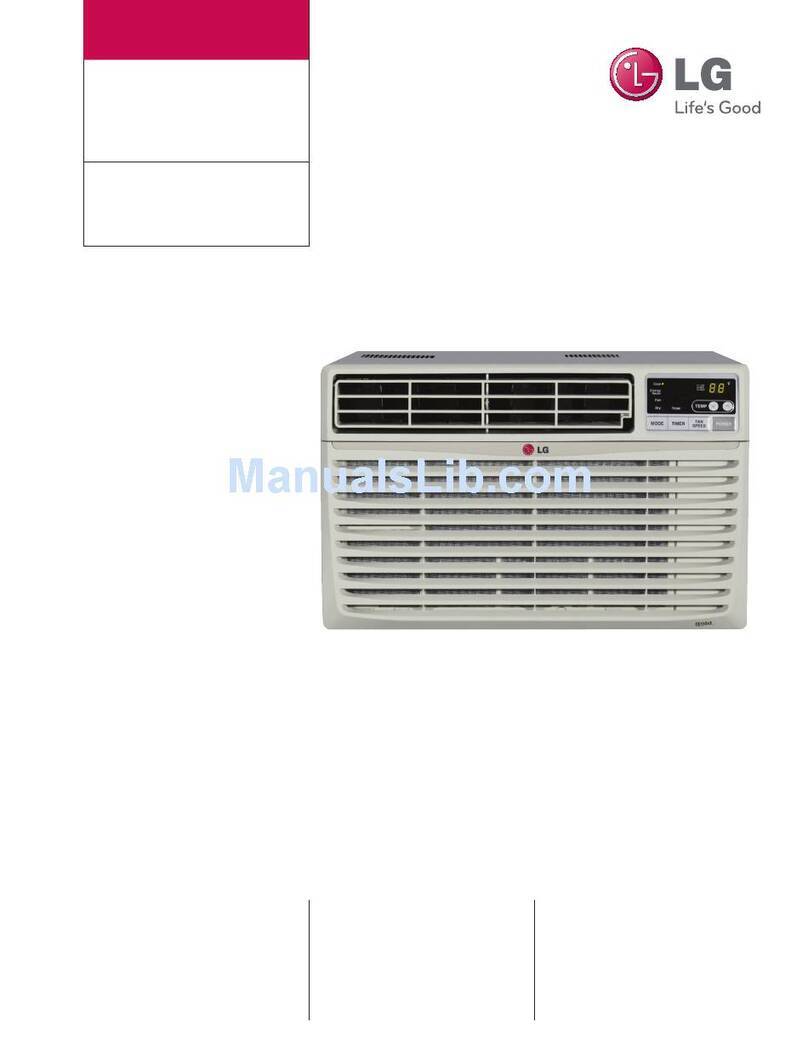—2—
1. PREFACE
1.1 SAFETY PRECAUTIONS................................................................................................................................3
1.2 INSULATION RESISTANCE TEST.................................................................................................................3
1.3 SPECIFICATIONS...........................................................................................................................................3
1.4 FEATURES .....................................................................................................................................................4
1.5 CONTROL LOCATIONS.................................................................................................................................4
2.
DISASSEMBLY INSTRUCTIONS
2.1 MECHANICAL PARTS....................................................................................................................................6
2.1.1 FRONT GRILLE.....................................................................................................................................6
2.1.2 CABINET................................................................................................................................................6
2.1.3 CONTROL BOX.....................................................................................................................................6
2.2 AIR HANDLING PARTS..................................................................................................................................7
2.2.1 COVER (AT THE TOP)..........................................................................................................................7
2.2.2 BLOWER................................................................................................................................................7
2.2.3 FAN........................................................................................................................................................7
2.2.4 SHROUD................................................................................................................................................8
2.3 ELECTRICAL PARTS .....................................................................................................................................8
2.3.1 MOTOR..................................................................................................................................................8
2.3.2 COMPRESSOR .....................................................................................................................................8
2.3.3 CAPACITOR ..........................................................................................................................................8
2.3.4 POWER CORD......................................................................................................................................9
2.3.5 THERMISTOR........................................................................................................................................9
2.3.6 SYNCHRONOUS MOTOR.....................................................................................................................9
2.4 REFRIGERATION CYCLE............................................................................................................................10
2.4.1 CONDENSER ......................................................................................................................................10
2.4.2 EVAPORATOR ....................................................................................................................................10
2.4.3 CAPILLARY TUBE...............................................................................................................................10
3.
INSTALLATION
3.1 HOW TO INSTALL THE UNIT.......................................................................................................................13
3.2
HOW TO USE THE REVERSIBLE INLET GRILLE
..................................................................................................................
13
3.3 WINDOW REQUIREMENTS.........................................................................................................................14
3.4 INSTALLATION KITS CONTENTS...............................................................................................................14
3.5 SUGGESTED TOOL REQUIREMENTS.......................................................................................................15
3.6 CABINET INSTALLATION ............................................................................................................................16
4.
TROUBLESHOOTING GUIDE
4.1 OUTSIDE DIMENSIONS...............................................................................................................................18
4.2 PIPING SYSTEM...........................................................................................................................................18
4.3 TROUBLESHOOTING GUIDE......................................................................................................................19
5. SCHEMATIC DIAGRAM
5.1 CIRCUIT DIAGRAM......................................................................................................................................28
5.2 ELECTRONIC CONTROL DEVICE ..............................................................................................................29
5.3
COMPONENTS LOCATION(FOR MAIN P.C.B ASM
).......................................................................................................30
5.4
COMPONENTS LOCATION(FOR DISPLAY P.C.B ASM)
.......................................................................................................30
6. EXPLODED VIEW..................................................................................................................................31
7. REPLACEMENT PARTS LIST........................................................................................................32
CONTENTS
